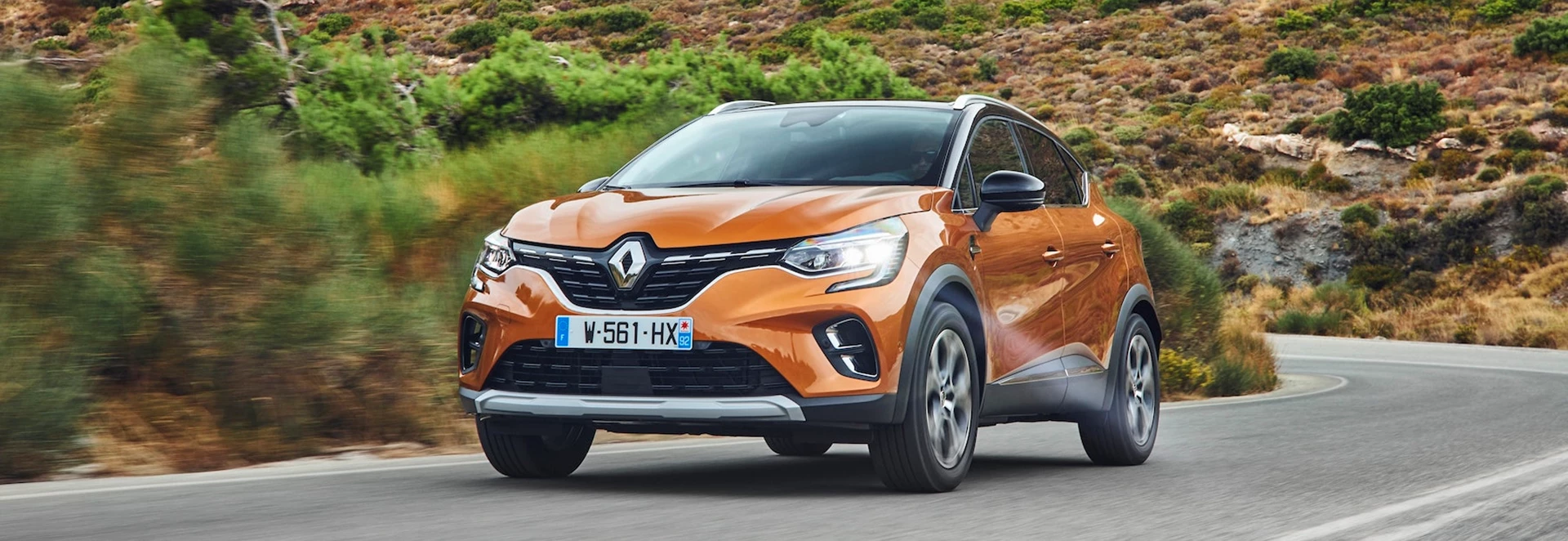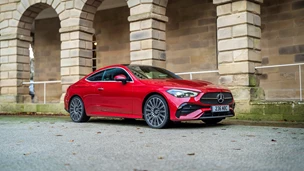Introduction
Crossovers continue to be at the top of shopping list of new car buyers across the UK, and one of them that’s proven to be exceptionally popular is the Renault Captur.
Known for its bold styling, spacious interior and affordable pricing, this compact model has quickly risen to become Renault’s second best-seller – just after the Clio, which too received an all-new generation recently.
And speaking of the Clio, it’s that car that serves as the basis for this new Captur – helping to introduce electrified powertrains, a much smarter interior and new engines. A similar look the Clio is also updated, though with the chunkier styling expected of a mini-SUV, while it’s also grown in size by 11cm – this helping to allow for improved interior space, as well as a useful 90 litres extra boot space.
But is this enough to rival the best that this class has to offer?
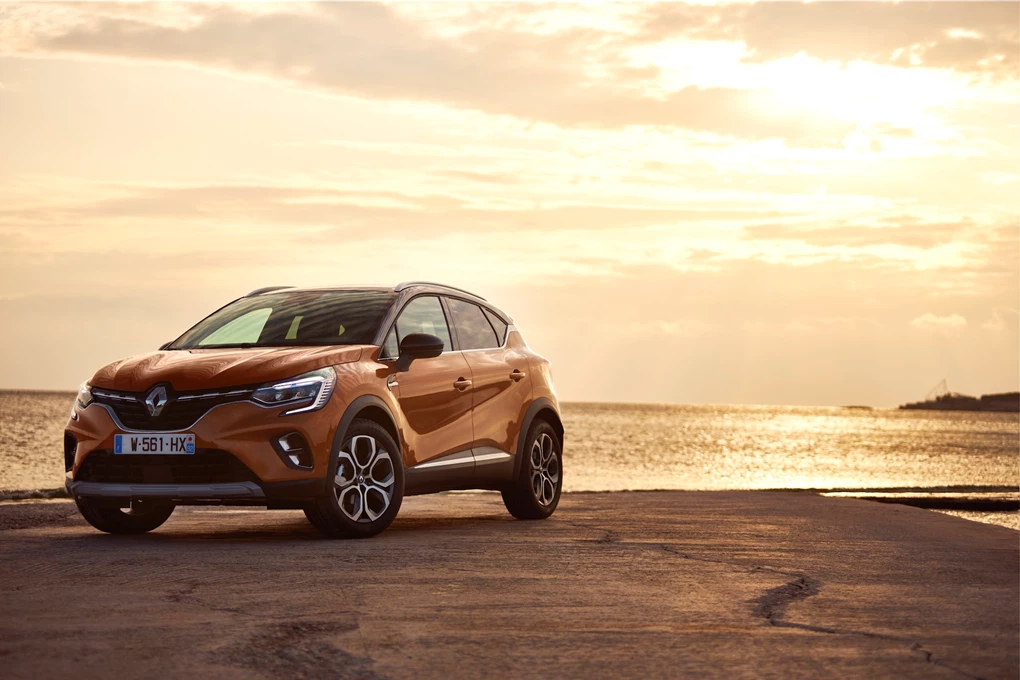
Performance
The latest Captur features a range of new engines, with three petrol and two diesel options available.
The range starts with a 99bhp 1.0-litre turbocharged petrol engine (TCe 100), followed by a larger 1.3-litre turbocharged unit that’s available with 128bhp or 153bhp. These are labelled as the TCe 130 and TCe 15 and were co-developed with Mercedes.
A pair of 1.5-litre diesel engines are also in the line-up, with outputs of 94bhp or 113bhp available.
Choose the 153bhp version if you want the best performance – it’s able to accelerate from 0-60mph in 8.4 seconds and reach a top speed of 126mph – while the diesels are unsurprisingly the most efficient as they’re able to return up to 58.9mpg, with CO2 emissions of 106g/km.
Available from June 2020 will also be a new plug-in hybrid (the first of its kind for Renault), which features a 1.6-litre petrol engine paired to a battery pack and electric motor. Renault says it’ll be able to travel for up to 30 miles on electricity, along with ultra-low CO2 emissions of just 34g/km.
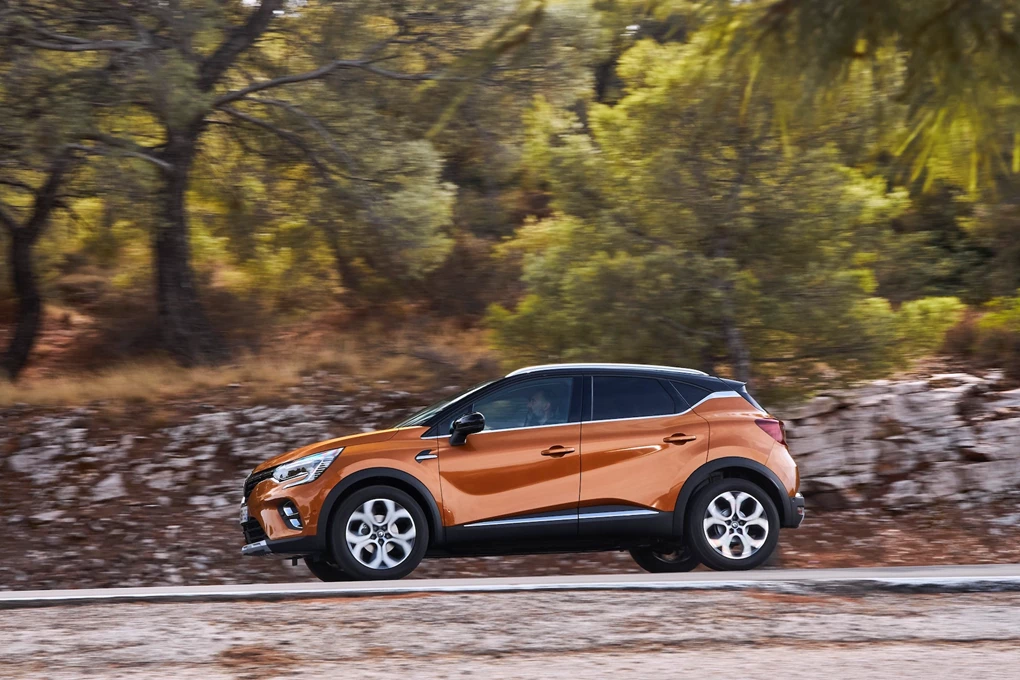
Ride and handling
If you’re looking for driving enjoyment, a model like the Seat Arona will be a better bet than the Captur, as this French crossover isn’t a thriller to drive. However, it’s comfortable and easy to drive, which are two things many buyers of this model will be looking for.
The engines also feel refined, and even the ride on our test car with 18-inch alloys felt more than supple enough. All in all, this is a much better model to drive than the car it replaces, which is a big selling point as it’s one of the few areas that let down the previous model.
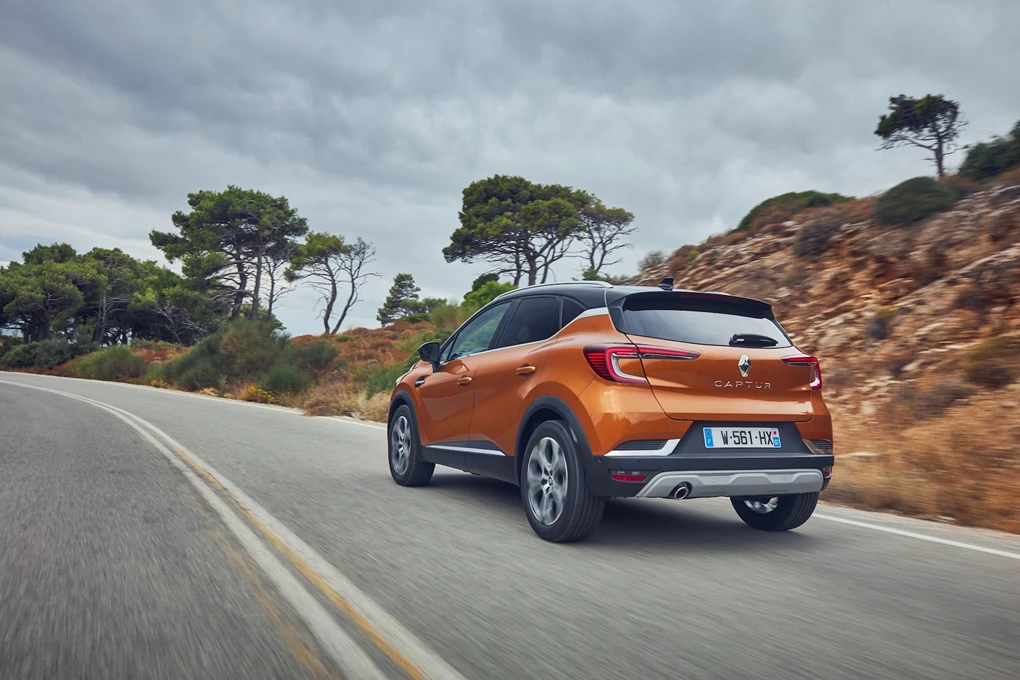
Interior and equipment
Reflecting the Clio’s class-leading interior is the new Captur’s cabin, which benefits hugely from this revamp. All models feature a seven-inch touchscreen, though the tech lovers out there should choose the range-topping model with its combination of 10-inch digital dials and 9.3-inch portrait touchscreen. The interior quality has also moved further upmarket, too, while the same scope for personalisation and bright colour schemes remains intact.
The other key advantage of this new car is the improved interior space on offer. The last model was far from cramped, but this longer model allows for further rear seat space and a boot that’s increased in size by 91 litres from 445 to 536 litres. You can also slide the rear bench, to allow for extra legroom and loading space.
Three trim levels are available, with the entry-level Play versions coming with LED headlights, automatic climate control, and smartphone mirroring. Upgrade to the Iconic and this adds satellite navigation, rear parking sensors, keyless entry and 17-inch alloy wheels.
The top-spec S Edition then features the large 9.3-inch touchscreen, digital dials, a reversing camera and synthetic leather upholstery.
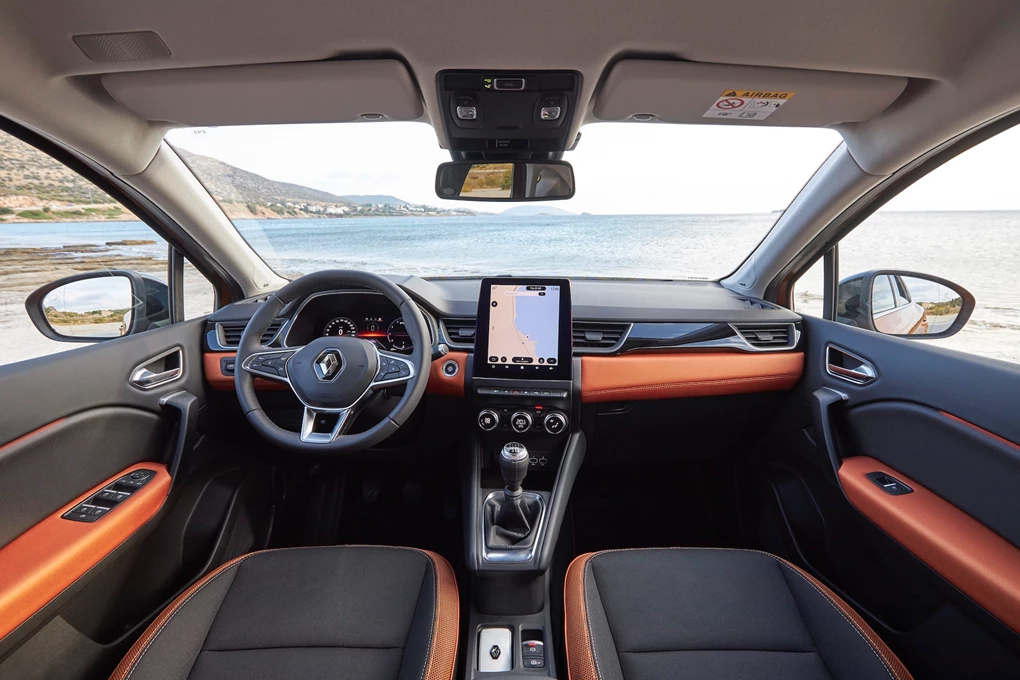
Cost
While the Captur has unsurprisingly got more expensive, it’s still a model that represents good value for money.
With a starting price of £17,595, it’s not significantly more expensive than a like-for-like Clio, while it’s also undercuts numerous rivals. Standard kit is also generous, too, regardless of which trim level you go for. We would only express caution with the range-topping versions, which can cost over £25,000 once a few options are selected – easily putting it into premium territory against rivals like the Audi Q2.

Verdict
The crossover market is rather crowded already, and there’s only a place for the best to succeed, and thankfully the Captur appears to be one of them.
Thanks to improved interior space, better engines and a much more stylish cabin, the Captur is certainly a far more compelling option than ever before. It will only improve when the plug-in hybrid goes on sale, too…
